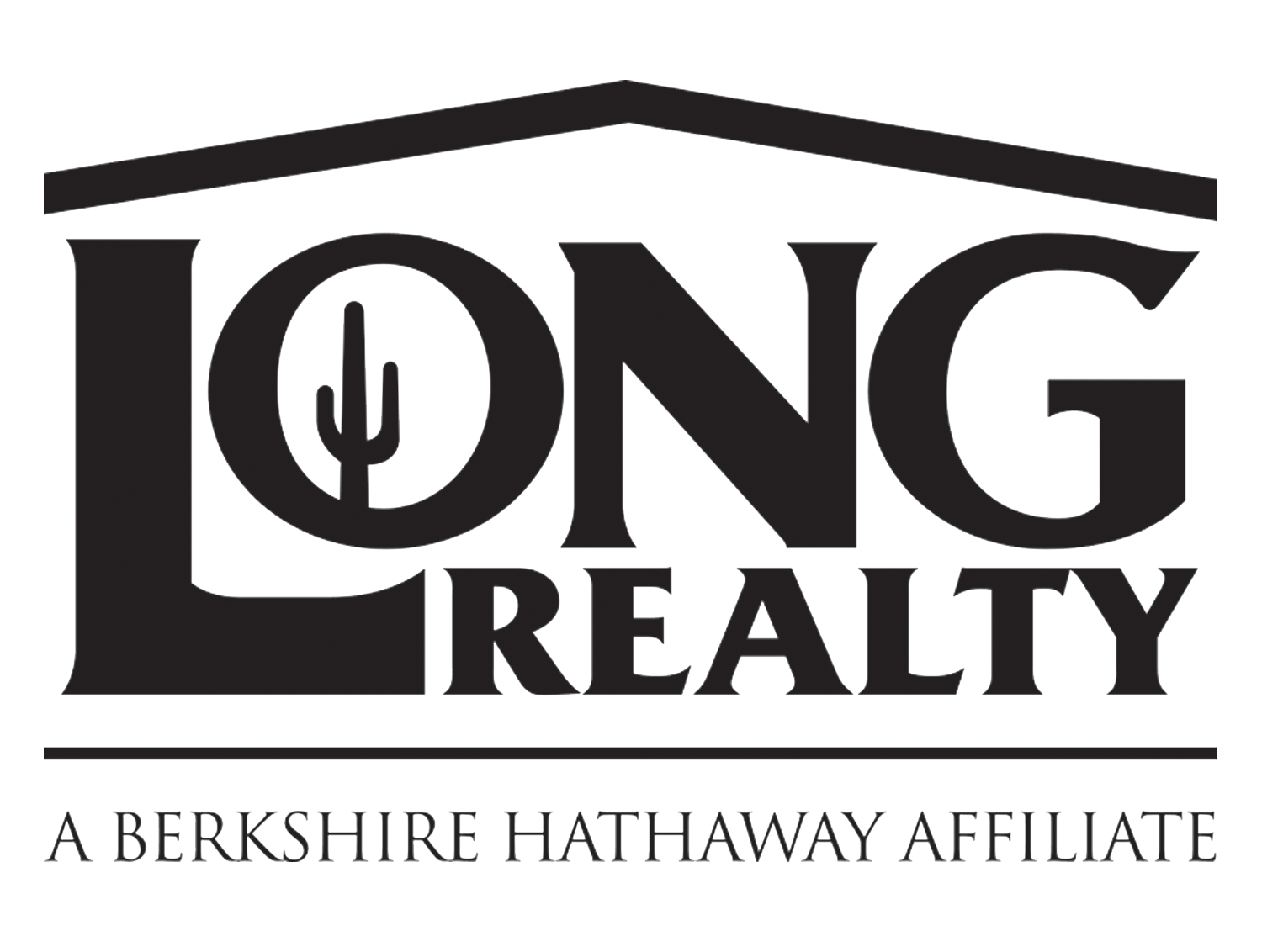January 10th, 2011 Many homeowner and prospective purchasers may wonder why insurance rates haven’t fallen on par with the declining value of home prices these last few years. Very simply put there is no direct correlation between the market value of a home and its insurance cost. The primary determining factor for insurance rates are the replacement costs that would be incurred to repair or rebuild the home. For most areas the replacement costs haven’t dropped too much as labor rates and material charges haven’t dipped substantially. It’s not uncommon now to find homes that would cost more to rebuild than they can be sold for currently. This shows the tremendous value out there in some markets.
Another factor that can keep insurance rates higher is that homeowners insurance usually has to cover the amount owed on the mortgage. This applies even if the mortgage is more than the home may currently be worth. Homeowners’ insurance premiums rose by approximately 62% between 2000 and 2007 as building prices escalated and mortgages increased. Average insurance rates did dip by 4% in 2008, but this is likely due to eliminating optional coverages and/or increasing the deductibles rather than a base reduction in coverage.
Keep an eye on your insurance rates and it’s always a good idea to review specified coverage and covered amounts on an annual basis to make sure it meets your current needs.
January 8th, 2011 Widely used from around 1978 to 1995, polybutylene water supply pipes were once seen as the pipes of the future due to their ease of installation and low cost. Polybutylene is a form of plastic resin that was typically manufactured in a grey or white color with a dull finish and is estimated to have been installed in 6 – 10 million homes. However, it wasn’t until a few years later that problems began occurring with many homes’ water supply lines that used this material. It is believed that additives to water supply such as chlorine can weaken the polybutylene piping and fittings, causing flaking and brittleness. This in turn leads to micro-fractures that weaken the integrity of the pipes and may eventually cause water leaks.
Buyer’s searching for homes should always be aware of potential issues and this is simply one of the items to check off the list during a home inspection. The presence of polybutylene doesn’t have to be a deal breaker, but it should at least be known so that a buyer can make an educated decision regarding the home. Sometimes a buyer might consider replacement of the water pipes or at least be able to negotiate a better purchase price in this instance. Costs to replace water lines in a home can vary tremendously based upon the new material used, size of the home, accessibility, and other factors. Typically this will be at least $3,000 and may run upwards of $10,000. It is worth noting that polybutylene was used in a number of Tucson area homes, so be sure to check on this issue before making your purchase.
Knowledge of potential issues in homes leads to a much more educated decision being made. Often times buyers only focus on the size, layout or location of a home (which are all important) and leave questions unasked of real estate professionals and home inspectors. By educating yourself on as many home issues as possible you’ll be better informed and able to ask the right questions and make the right decisions on your next home purchase.
January 7th, 2011 In an interview conducted with Bloomberg, the National Association of Home Builder’s chief economist, David Crowe, said housing starts are likely to reach a three-year high of 739,000 for 2011. A continued economic recovery and especially job creation will help bolster the beleaguered housing industry, which will in turn add construction jobs thereby reducing unemployment rates. Said Crowe, “We need job creation to get people comfortable with buying a home. If they do that, we’ll create jobs that will reinforce that home buying and fuel additional job growth.”
A rise in residential housing starts would be welcome news for the economy in general and especially for thousands of displaced workers from the construction industry. While 2011 is expected to be a somewhat slower growth year, the expectations are that 2012 may well be a breakout year to kick fully out of the recessionary period.
January 5th, 2011 Before purchasing any home it is customary for the buyer to provide earnest money as a sign of good faith towards their intention to complete the purchase. In essence this shows the seller that the buyer is serious and they’re willing to deposit money as a declaration of this intent. This earnest money deposit should always be given to a reputable and trusted third party like an escrow company, but the deposit amount can vary and normally is applied as part of the buyer’s down payment at closing. It’s also worth noting that the contract signed by both parties will typically lay out the terms of this earnest money and who may have claims (buyer & seller) in the event of buyer default, seller default, or other contractual outcomes.
Now, with most new construction in the area it is common that the builder sets a specific earnest money deposit that is required at the time of contract. The amount required varies from builder to builder and even from subdivision to subdivision but will typically range from 1-3% of the purchase price. This may be negotiable, so if the amount required is more than is comfortable for a buyer or the amount seems inordinately high, make such an inquiry.
Here’s where it gets interesting. With a new construction home it is important to read the contract to determine where the earnest money is delivered to and where and for how long it will remain there. Some builders will receive the earnest money directly to use and this puts the buyer in a much more precarious situation should the builder default on the contract or even go out of business. Other times the builder will have the buyer deposit the earnest money to a third party, typically an escrow/title company, but they may have that money transferred after certain criteria are met. Again, anytime the builder themselves takes possession of the funds it puts the buyer at more risk. In today’s market it is strongly advised that buyer’s specify they want the earnest money deposit held in neutral escrow until the closing. This will better protect the buyer’s money in the unlikely event that the builder goes out of business or defaults in some other manner.
Some builders may not agree to have the earnest money stay in neutral escrow or even be deposited there to begin with, so a buyer may have to make the determination of taking a risk with their money should this occur and they still want to proceed with the purchase. Nearly all the time this won’t be an issue but there have been circumstances in which buyer’s have lost their earnest money deposit when a builder goes out of business. Keep in mind that having the money held in neutral escrow doesn’t guarantee the buyer will get their money returned should they not purchase the house. It often is spelled out in the new construction contract that the buyer’s earnest money is liquidated damages should the buyer cancel, and this occurrence may be dependent upon a certain timeline or benchmark.
It’s worth noting that while buyer’s are putting up earnest money and potentially incurring some risk, the builder’s themselves take a larger amount of risk in building a home for a buyer too. Should that buyer walk away the builder is now left with a home at some stage of completion and typically after a large outlay of money by the builder. The amount of most earnest money deposits does little to compensate for a lost sale and the enormity of costs incurred in constructing a new home. This risk is particularly increased when buyers are allowed to customize the home to their liking with structural options, design, and color options as the original buyer’s tastes may have been abnormal or more difficult to market to future buyers. This is worth noting so you can view the transaction from a builder’s standpoint as well and make well thought out decisions while still protecting your interests.
The bottom line with earnest money deposits in general and new construction in particular is to read the contract and fully understand how much is needed, where it will be placed, how long it will stay there, and under what circumstances the various parties may have claim to it. Protecting your interests and having a complete understanding of your risk will make your purchase a much smoother and enjoyable journey.
January 3rd, 2011 When looking for homes online it’s prudent to gather as much information available as possible. One way to do this is to find as many pictures of the property as you can. Most listing agents will provide interior pictures and often front and rear yard photos as well. But, quite often you can also see additional exterior images and a view of the surrounding area using other applications. Among the many nice features of our integrated FlexMLS search engine are the Bird’s-Eye and Street View tie-ins.
Most all of the properties in the Tucson area are viewable using the Bird’s-Eye view which is a tool offered by Microsoft and now promoted under their Bing banner. The Bird’s-Eye is essentially a combination of photographs taken from low-flying aircraft which provide a 45 degree angle, oblique view of properties. This differs from satellite imagery which typically only shows an image from directly overhead resulting in seeing merely rooftops and cars. The Bird’s-Eye oblique angle can be rotated around from multiple points and typically gives some insight into the area surrounding the home. You can use this feature directly in MLS in a couple of ways. First, search for whatever criteria you desire and navigate to the map tab. Once a particular property is selected in the side list you can click on the link at top which reads “Actions for Selected Listing”, or when you click on a specific property on the map itself you’ll see a window load offering several options and Bird’s Eye will be among them. Click on the Bird’s-Eye link in either scenario and a new window will open taking you to this Bing service. From there you may have to zoom in and rotate to the angle you want but the service will be focused already on your subject property.
The second feature accessible from the FlexMLS search is Google’s Street View. Many people are familiar with Street View as it has been widely covered in the media. Essentially these images are taken from a 360 degree camera mounted to a car that drives the streets of towns all across the U.S. Because of the excessive time taken to map using this technology not all streets are mapped so this service may not be available for every home. To find out if the property you’re looking at has been mapped you first want to search for your criteria. Then navigate to the Map tab again and click on the link below that reads “Driving Directions”. This will open up a new window in your browser and not only can you enter your starting location to receive driving directions, but here you can also see the Street View. On the newly opened window you’ll see an image of a yellow person/character towards the left side of the Google Map. Drag this character over the map to the street you are interested in by your property and if blue lines appear around the street you’ll be able to view an up-close look at the home from street level. Drop the character on any blue-lined street and the map will be replaced with the Street View from which you can rotate and move along the street as if you were driving the road yourself.
These two tools available through FlexMLS can be very helpful in gathering more information about properties without ever having to visit them. Now, there is one caveat with this technology and that is the images you receive through these services may not be up-to-date. In both scenarios these images will give you some indication of the geography and overall surrounding area, but shouldn’t be relied upon for current conditions. Regardless, these are neat ways to gather more information from the comfort of your own home. Try them out today and let us know if you have any questions about these features.
January 2nd, 2011 Now that the holidays are past and the new year has begun, it is wise to remember to check your neighborhood’s CCRs (if applicable) to refresh your memory on the guidelines for holiday decorations. Many people can get quite busy at the start of a new year and are trying to recover from what may have been a long holiday season, but don’t be too complacent and keep any holiday decorations up too long. Most associations specify some sort of a timeline to allow for season decorations, often being 30 days before and 30 after a holiday that decorations are permitted. Be sure to check your guidelines out and avoid receiving any reminder from the association itself.
December 29th, 2010 Statistics for November released by the National Association of Realtors© show an increase of 5.6% in existing-home sales volume. While not a gigantic increase, it is a positive sign for the battered housing market which has seen a growth trend since hitting a volume bottom in July. Looking year to year this sales volume is still down considerable from November ’09, but that month had seen a dramatic influx due to the first expiration of the first-time homebuyer tax credit. Median home pricing has also seen a slight uptick in recent months and even over a year ago it’s up by 0.4%. All of this points to at least more stability within the housing market and meshes with economists forecast of minor growth to come. Only with a continued increase in sales and ultimately pricing will a bottom likely have been hit. In all likelihood there still remains market weakness in regards to pricing in our local housing market for the next year.
Other statistics as part of the release from NAR show foreclosures maintaining a similar market share of sold homes and a decline in the home inventory available. As always these national statistics should are indicators of the broader housing market, but market conditions may vary immensely by location. Call us for a consultation should you wish to discuss the value of your existing home.
December 27th, 2010 Statistically anywhere from 75% – 90+% of buyers use the internet when looking for new homes. In this day and age that shouldn’t come as a surprise with how reliant all consumers have become in using online technology. However, are buyers utilizing the internet effectively?
One of the biggest reasons to search for a home online is the substantial amount of time which can be saved by previewing properties online and this is something we highly recommend. By eliminating undesirable properties through an online search you can save a tremendous amount of time which would otherwise be wasted driving around to houses that hold no interest. But wait, have you ever seen a property listed online that you fell in love with, only to discover that it was no longer on the market or recently sold? Unfortunately this happens all too often and is almost always the result of using a inadequate search engine or website. The largest national real estate search sites, and even some local real estate professionals’ sites, may often rely upon “third party” information which is updated infrequently or relies heavily upon public tax records.
This is the single biggest reason that Team Woodall chose to partner with the Tucson MLS service’s own information data system when looking to provide an online search tool. Our integration with the FlexMLS system means that our customers receive essentially real-time updates to listing information. When searching for a home this can be a huge benefit in time saved and opportunities gained. Another key feature of this search tool is the ability to create a free account, log in, and save your searches. That way you can come back an hour, day, week, or month later and see the same search criteria that you used before but with the most up-to-date property information that matches those results.
To begin using the FlexMLS system on our site simply click on the Search For Homes tab to specify your own criteria, or you can utilize our pre-selected searches in the sub-menu of that same tab for even quicker access to area homes. We’ll continue to provide relevant search tips that will make your browsing experience even more rich when utilizing our site, so check back for updates.
December 24th, 2010 Much of the time the term REALTOR© is used in a general sense to denote a real estate licensee. However, only about half of all licensed real estate agents are REALTORS©. In order to become a REALTOR© a real estate professional must distinguish themselves by learning and voluntarily agreeing to be bound by professional Standards of Practice and most importantly the REALTOR© Code of Ethics. The Code of Ethics is a living document that constantly evolves to provide the highest levels of service and accountability in real estate transactions. Only members of the National Association of REALTORS© have achieved this status. The Woodall Team is proud that all of our licensed professionals are REALTORS©.
Real estate transactions involve the single largest purchase that most individuals and families are likely to make in their lifetime. It makes sense that consumers would want to rely upon an individual that is fully committed to ethical business practices and has made such assurances a part of their work history and future pledge. All of the Articles within the Code of Ethics are vital, but Article I summarizes the importance of using a REALTOR© by stating that, “REALTORS© protect and promote their clients’ interests while treating all parties honestly.” This encapsulates the integrity and professionalism that you can expect from one of our REALTORS©.
For a more in-depth look at the distinctions of a REALTOR© click on the following Code of Ethics Summary provided by the National Association of REALTORS©.
December 23rd, 2010 The Tucson Association of REALTORS© helped raise nearly $20,000 this year for Habitat for Humanity Tucson by organizing three charity events during 2010. Things were kicked off in the spring with the 2nd Annual “At Bat for Habitat” softball tournament and donations really picked up during the annual golf fundraiser tournament in October. Wrapping up the three event series was the recent Gaslight Theatre night. This marks the fourth year that the Tucson Association of REALTORS© has supported Habitat for Humanity Tucson and plans to hold the same events next year in 2011.
|
Client Testimonials“Angela's tenacity to endure, do the research, and find us the right home was most appreciated. We would highly recommend Angela & Team Woodall!” – Michael & Laurie View More Testimonials |








Connect With Us!